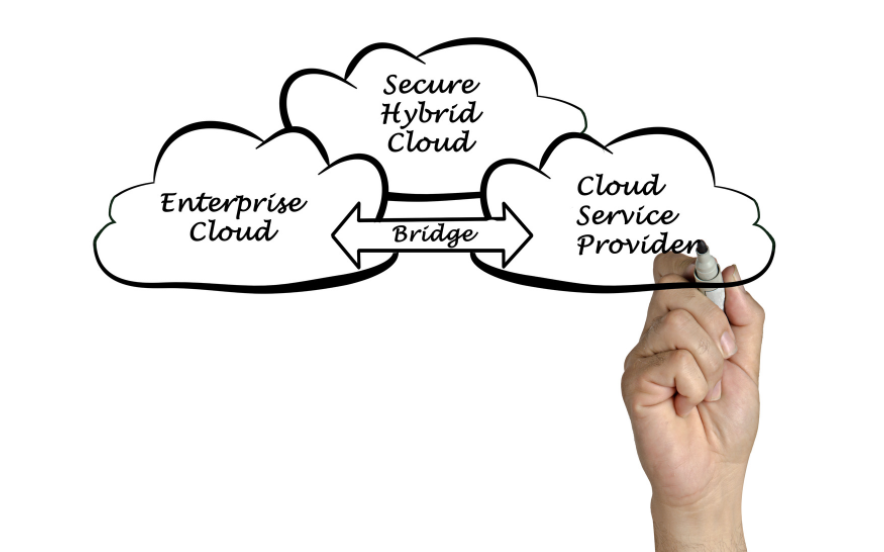These are difficult days for IT system engineers who have to worry about data security first and foremost.
As huge numbers of office workers have moved to working from home as a result of the Covid-19 pandemic, usage of cloud-based remote video services like Zoom and Cisco Webex has skyrocketed. It’s easy to understand why since those providers offer quick and convenient solutions for workers who now have to be on multiple video or audio calls every day.
But bringing the public Internet into play to handle a growing volume of business meetings, presentations and other data means there are inherent security questions that had never been much of an issue for companies and organizations that handled their unified communications needs with on-premises networks that kept all their data moving under a locked-down architecture. That security and peace of mind is seen by industry observers as the biggest reason why on-prem solutions still matter, and will continue to be a significant component of the UC landscape for good.
During a recent episode of the Unified Comms Influencers podcast, host Dominic Kent discussed why on-prem’s security capabilities continue to be a difference maker, even though cloud platforms have grabbed headlines because of their raid growth during the pandemic.
“There’s a lot of consumers as well as businesses at the moment that have experienced some security issues with cloud video conferencing that I don’t think anyone was aware existed until maybe the last couple of months,” he said.
“(On -prem) solutions still have a place in the market. While it’s not seen as sexy marketing because it isn’t cloud, there’s 100 percent a place for it. Unless there are huge leaps forward in technology and capacity and things like that we’re not going to see the end of on-premises solutions anytime soon.”
Cloud Cost Concerns
There are the obvious financial questions that come into play for companies making the decision on cloud services versus on-prem setups for their UC needs. Those that already have made the capital purchases for back end hardware, endpoints and equipment for their users are going to keep all of that infrastructure and will make improvements as needed to keep everything secure and running optimally.
That front-end investment with periodic improvements represents a CAPEX model for UC needs, with lower ongoing costs and the ability to deduct the depreciation of equipment for tax purposes. That’s a big difference compared to the OPEX UC model, where licensing fees for cloud platforms become part of a company’s ongoing operating expenses and will continue in perpetuity for as long as the services are required, and with no tax benefits.
Kent told us that companies with extensive on-prem systems in place aren’t going to abandon that approach, though the cost of setting up a brand new on-prem system could be a deterrent for new and growing organizations.
“Keeping on-premises equipment is usually where financial gain is sought. If businesses already have UC systems that work, IT is unlikely to get a budget for improving this,” he said. “If you need to add functionality, it’s seen as cheaper to add on a module than migrate a whole UC system to the cloud. I don’t see any financial upside to buying a new on-premises UC system.”
Reliability Matters
On a recent podcast episode Kent spoke with Dmitry Odintsov, CEO of the on-prem UC company TrueConf, about the service gaps that prevent cloud UC companies from making inroads in parts of Asia and Africa, where calls often can’t be conducted reliably. That makes another case for why on-prem systems will continue to hold advantages over newer cloud-based providers.
And Odintov returned to the security concerns that will continue to prevent cloud UC from becoming a universal solution.
“When you need to make a public webinar, you’re OK with Zoom. If you need to hold a webinar and be sure all the information will remain inside the webinar, then you need to really think before using the public cloud,” he said.
Kent agreed, and told us via chat that even while cloud companies are racing to improve their security and dependability, on-prem will always be seen as more secure and trustworthy.
“Reliability comes into the conversation here too. But, cloud applications have been forced to get better over time and you see most apps and solutions with 99.999 percent uptime nowadays,” he said. “Security is the main concern. That said, the security-culture has lessened as people accept the cloud in their day-to-day lives. For example, people install Slack without thinking. Whereas ten years ago, you would have needed to go through several approval gates and probably get denied until you had passed a security audit.”
As part of our response to the COVID-19 pandemic, Vyopta is currently offering a free trial to help IT teams support massive expansion in remote work.
Chad Swiatecki is a business writer and journalist whose work has appeared in Rolling Stone, Billboard, New York Daily News, Austin Business Journal, Austin American-Statesman and many other print and online publications. He lives in Austin, Texas and is a graduate of Michigan State University. Find him online on LinkedIn.








